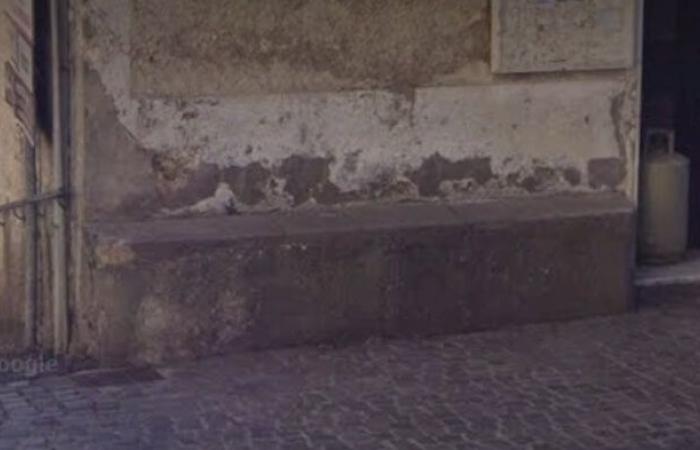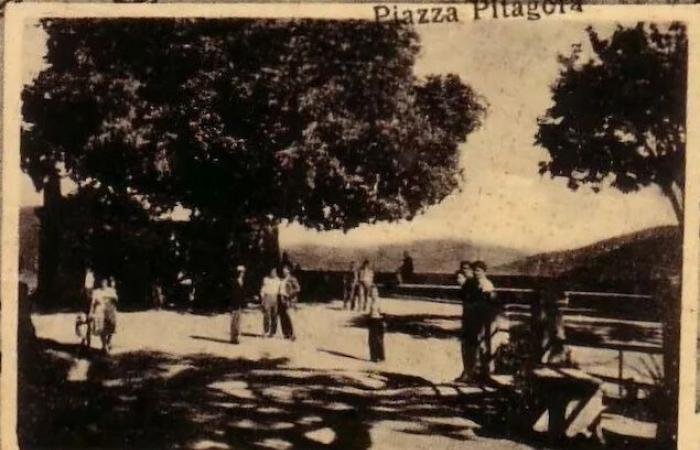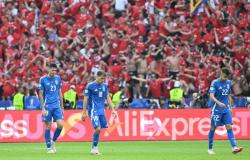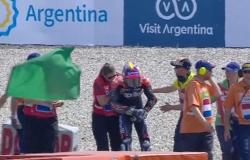Respecting everyone’s sensitivities and opinions, I am obliged to intervene in relation to an article recently published in this newspaper, entitled “Demolition of the Serrastretta siege: A blow to the heart of the community”, to make clarifications and observations.
The occasion also allows me to provide feedback and clarification to some comments that appeared on social networks.
The cited article contains historical inaccuracies, does not specify the nature of the building being demolished and does not contextualize the area in which the works are being carried out.
Furthermore, and this is the most regrettable thing, the text damages the image of an entire country and its citizens, not that of a municipal administration.
Sometimes, unfortunately, emotionality causes mistakes to be made, which become grisly when statements are entrusted to the press.
It would have been enough to ask a person from Serrastretta, of advanced age, say 80/90 years old, as there are many in the town, what is meant in the popular vernacular by the term “u Siaggiu”.
I myself, who unlike the author of the article was born and raised in a hamlet of Serrastretta, asked the question to three different people, all close to 90 years old, receiving the same answer from all of them: “u Siaggiu were the sessions on the long side of the square” which were made of masonry and once extended along the entire length.
Before what they look like today, following works carried out a few decades ago, these seats had already been redone, always in brickwork and in the same place, but creating an empty space between one bench and another, filled by a railing . This was the meeting place, socialization and resting place known as “u Siaggiu”.
For those who are interested in verifying, it is sufficient to view a video from 1959, made available by Teche Rai, of which I have had some frames extracted, which I attach to this note.
The film, entitled Gala Evening with Dalida, can be viewed at the following link: https://www.teche.rai.it/2023/01/serata-di-gala-con-dalida/
Having clarified that the object of the complaint is not “u Siaggiu”, some considerations need to be made.
Meanwhile, it must be said that the demolished artefacts were two masonry seats, built by a private individual, adhering to the façade of the building he owned, entirely plastered, devoid of any manufacturing value, or materials, and of historical or architectural value, as you can see it in the attached photos. They were also sick.
However, these sessions, especially for more recent generations, have taken on an affective and symbolic value, as a point of aggregation and sociability, which underlies a shared social value in the community.
The Administration shares this assessment and the need to preserve the place in question, but would like to increase its attractiveness.
In fact, the direction given to the group of designers of the intervention, among whom there are established professionals of national importance, was to restore the seats, while giving them added value, an aesthetic value that can be handed down to generations subsequent generations, as a contribution produced by the current generation.
Having said this, it must be said that the demolition of the two steps falls within the scope of the renovation and redevelopment works of the building close to which they were built.
This building is also devoid of architectural value, has a roof made of asbestos cement sheets and is in a state of degradation which is unpleasant, as the building faces the town square. The building was also rebuilt, probably after the war, as can be seen from the attached photo, which shows how it was previously. In the same photograph you can see the original and original “u Siaggiu”.
The aforementioned building was acquired by the Municipality, it will become the reception/hall of the proposed multi-family hotel and will be restored, with embellishment of the context of the square.
Finally, one final clarification is needed.
The Municipality is carrying out an unprecedented recovery and redevelopment operation of the building heritage of the historic center and which goes beyond the receptive purpose of the intervention. Included are two palaces of the families who founded Serrastretta, what remains of the D’Aquino Castle, the last small church still recoverable and other valuable buildings.
All interventions are aimed at safeguarding the typological and architectural elements, to preserve and enhance properties of historical, architectural and identity value that were about to become irrecoverable.
These buildings represent our history, what we have been and one of the most important testimonies left by our ancestors. Through the work in progress they will be able to be saved from decay and handed down to posterity.
Faced with an operation of this magnitude, it seems laughable to concentrate attention on two steps. Nostalgia and romantic memories are fine but we need to give the country a future.
The objective pursued by the Municipality is to make the town more beautiful, more attractive, capable of rethinking and reinventing itself.
If we do not create job opportunities for our young people, only memories will remain, but there will be no future. The challenge of widespread hospitality can be a possibility!
Mayor
Antonio Muraca







